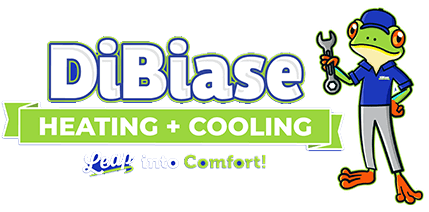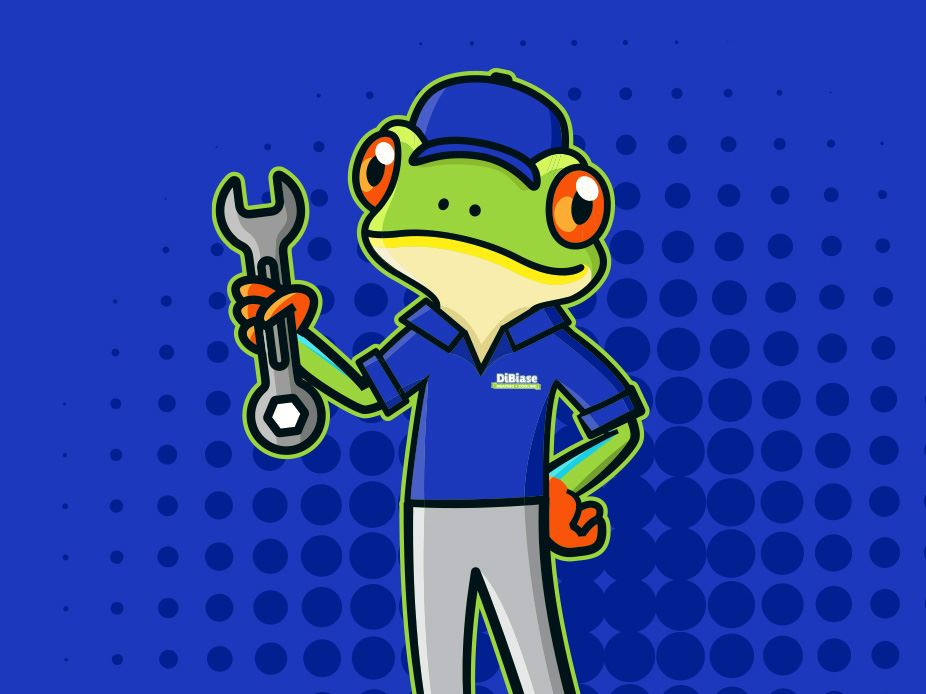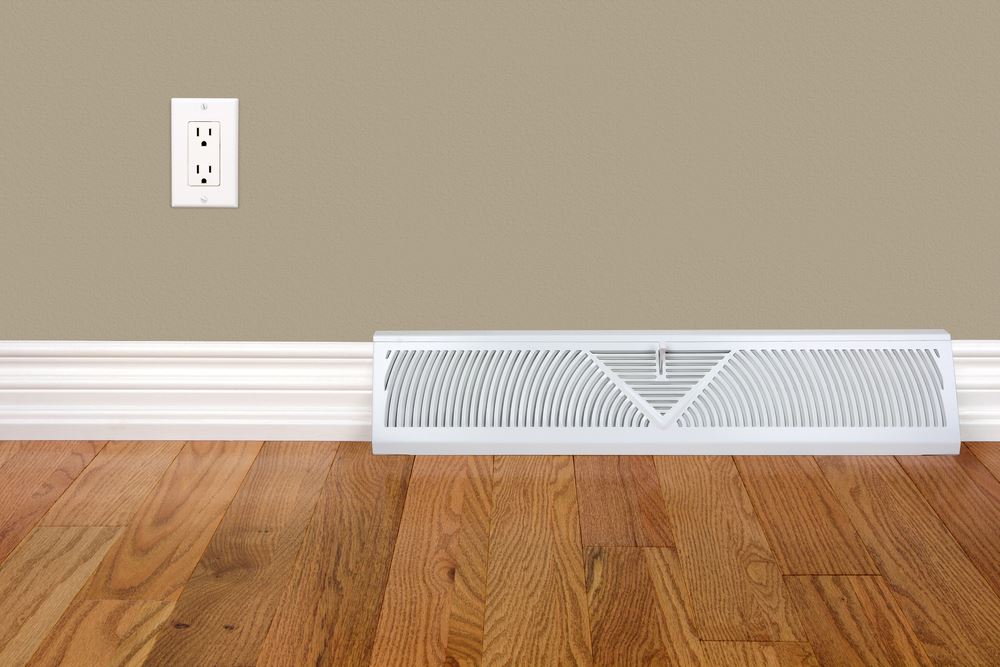If all of America’s allergy and asthma problems were to suddenly disappear, there would be a lot of doctors looking for work.
Okay, a more positive way to view the same end result is that there would be a lot fewer people needing medical attention and other relief from their seasonal or chronic problems. And we’d all be grateful for that.
Well, short of an overnight cure, there’s actually plenty you can do to help your own cause. This blog is about one such means: UV (ultraviolet) air purifiers. They’re just one of several indoor air quality solutions we offer here at DiBiase Heating & Cooling and a particularly effective one.
Unlike a whole-house air purifier which kills indoor air pollutants as they attempt to pass through the system’s filter, a UV air purifier is more proactive as it seeks out airborne viruses, bacteria, mold, mildew, and fungi and breaks down their DNA. That renders them harmless and thus spells major relief for anyone in your home who suffers from allergies or asthma.
So while indoor air quality products like UV air purifiers are not a cure, they do effectively eliminate the source of the problem. And wouldn’t that be a pleasant change of pace if you now spend hours each day coughing and sneezing up a storm?
Here’s what else UV air purifiers are effective at eliminating:
- Musty odors
- Embarrassing pet odors
- Smoke by-products
- Pollen spores
- Byproducts from new carpets and resurfaced hardwood floors
- Cleaning product fumes
What’s more, UV air purifiers offer superior energy efficiency over traditional whole-house air filters as the latter requires a constant flow of air to filter out impurities. UV air filters also don’t require any actual filters, which means no dirty particle build-up that can come back to haunt you.
If you’re tired of feeling lousy inside your own home and all those meds you’re taking, contact DiBiase today – because there is an alternative means of feeling better, one well worth exploring.


